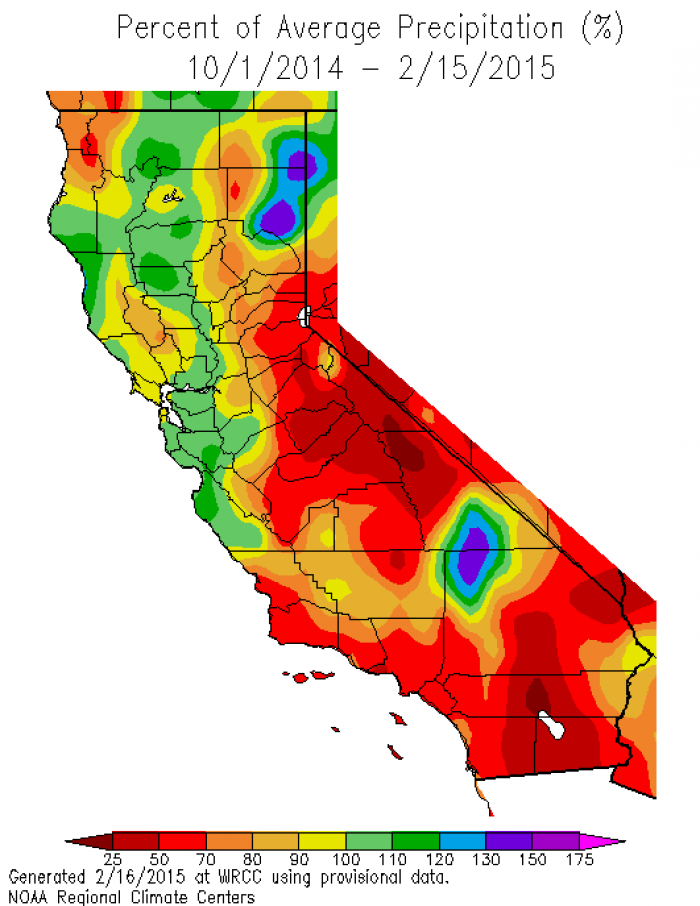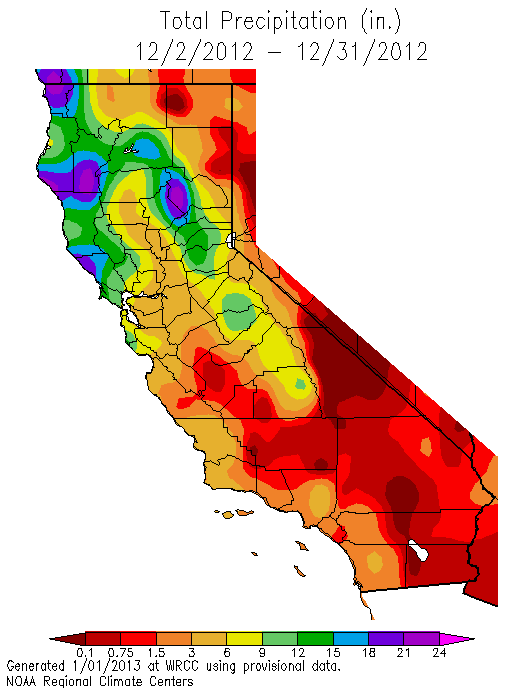

In fact, 83.6% of the state was in drought, with 21% of California in an exceptional drought, the most severe category listed by the United States Drought Monitor. Farther south near the agriculture-heavy San Joaquin Valley, a five-station average showed that the past water year was the second wettest on record after 72.7 inches fell.Īt the start of the previous water year, Californians were still worried about drought. As of October 9, most of the reservoir levels across the state were higher than average, including Lake Shasta which was 73% full-23% higher than normal for this time of year.Īcross the Northern Sierra Mountains, where the highest rainfall amounts were recorded, an eight-station average of precipitation totals during the 2016-2017 water year reached 94.7 inches, the highest on record and over six inches higher than the previous record set in 1982-83. The relatively large amount of precipitation helped to drastically increase the snowpack in the mountains and raise reservoir levels across the state. Precipitation during the 2016-2017 water year exceeded 100 inches across the higher elevations in the Sierra Nevada Mountains, with lesser amounts, 25-50 inches, falling across lower elevations. The amounts are determined through a combination of radar estimates and rainfall gauge reports. Pictured here is the total observed precipitation from the PRISM dataset for October 2016 through September 2017. Due to the high amounts of fall and winter precipitation across California, the “water year” there is defined as October 1–September 30. But a “year” did in fact end on September 30: the water year for California. After all, no ball was dropped, and there were no parties to attend.

It also shows the present precipitation level and its percentile within the historical data for the day of the water year.It may not have seemed like the year was ending when September turned into October recently. You can see the current water year plotted on this to show how it compares to historical values. The second graph shows the percentiles of precipitation over the course of the historical water year, spreading out like a cone from the start of the water year (October 1). The top graph is a histogram of water year precipitation totals on the specified date (in blue) as well as the precipitation total for the current water year in red. The visualization consists of two primary graphs both of which show the range of historical values for precipitation. Data from the CDEC website appears to be updated at around 8:30am PST each day. These stations are tracked because they provide important information about the state’s water supply (most of which originates from the Sierra Nevada Mountains). There are three sets of stations that are tracked in the data and these plots: Other California water-related visualizations include reservoir levels in the state as well. I used data for California rainfall totals from the California Department of Water Resources. This year has been a relatively dry year and wanted to visualize how this year compares with historical levels for this time of year. It’s winter in California and that means the rainy season (snowy in the mountains). How do current California rainfall and precipitation totals compare with Historical Averages?Ĭheck out the California reservoir dashboard.


 0 kommentar(er)
0 kommentar(er)
